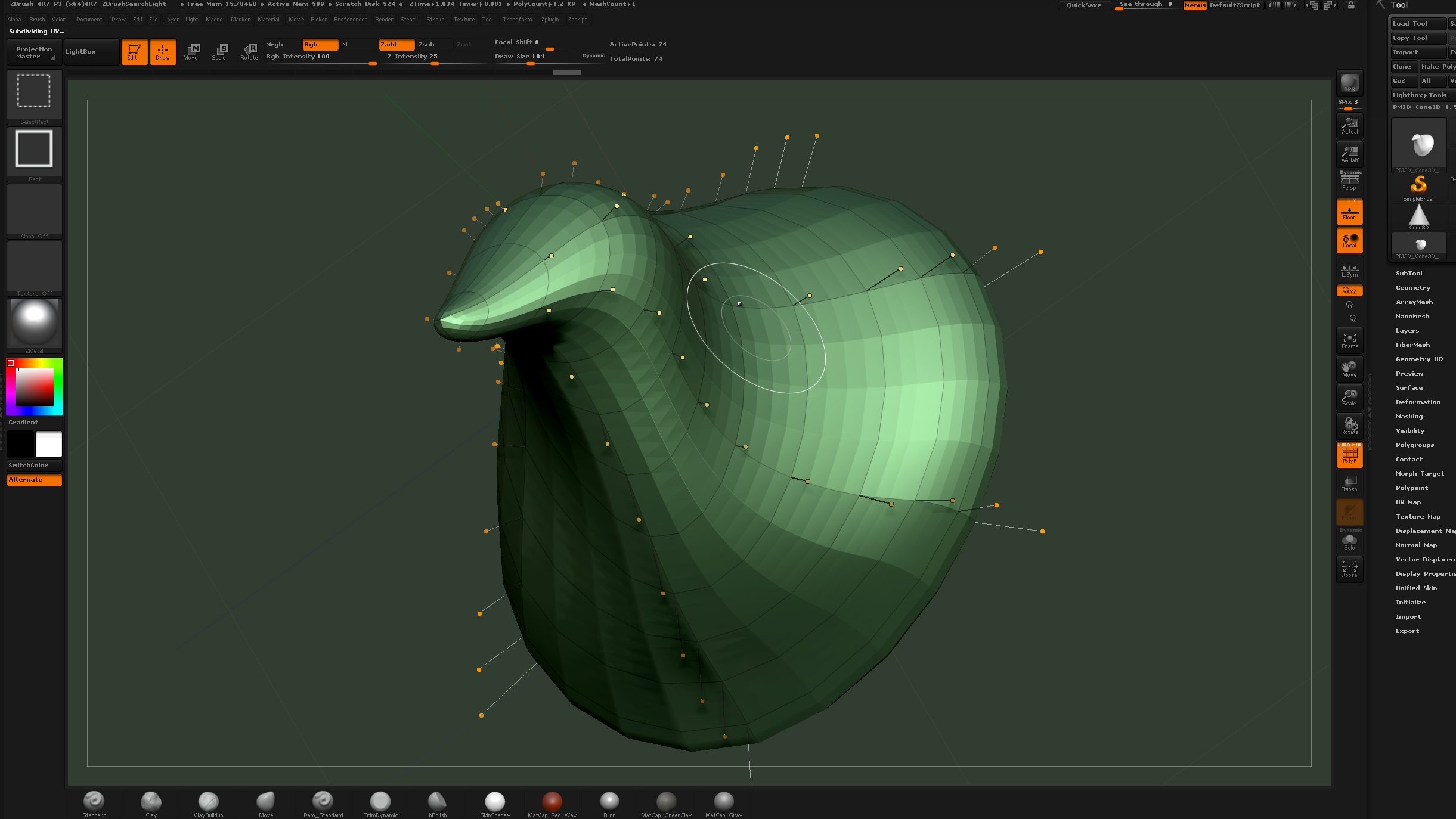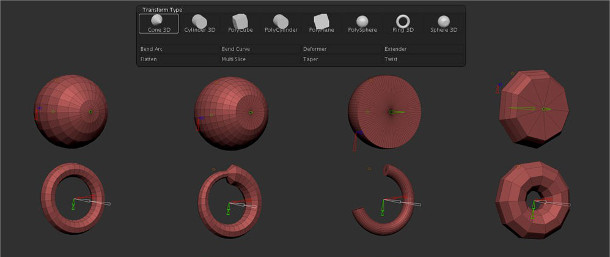

It works with IMM brushes, with any brush modifier.

LazyMouse also now generates strokes of consistent depth, even when sculpting across previous strokes, or working in symmetry mode and users can hold to angle-snap strokes.Īnother key feature in ZBrush 4R8 is the new real-time Boolean system (above), which enables any SubTool to be Boolean intersected with another mesh of any subdivision level. New functionality includes the option to begin a new stroke where the previous one left off, enabling users to sculpt single continuous strokes that run right around a mesh. The LazyMouse system, designed to smooth users’ freehand brush strokes, also gets an update. There is even the option to convert conventional 2D alphas into 3D meshes, rotate them, and reuse them. In addition, a new Transform 3D button in the software’s Alpha palette enables the user to rotate the 3D geometry corresponding to a vector displacement map on the fly, resulting in new brush properties. There is also a Create MultiAlpha Brush option, which enables users to create new brushes that combine the vector displacements from other existing brushes – to “create the one super-brush”, as Gaboury put it.
ZBRUSH 4R8 EDIT GEOMETRY UPDATE
The update also introduces a range of new ‘chisel brushes’ that make use of the vector displacement system, including a set designed to replicate real-world sculpting implements like the chisel tip shown above. “It’s taking IMM to a whole new level.”Ĭreate multi-alpha brushes or transform existing alphas in 3D “It’s really a 3D mesh that’s on your brush,” said Gaboury. The source mesh, complete with undercuts, can then be used to deform the surface of the host mesh.
ZBRUSH 4R8 EDIT GEOMETRY SOFTWARE
However, there are also a number of new features in ZBrush 4R8 that don’t originate in ZBrushCore, one of the most eye-catching of which is support for vector displacement maps.Īs well as importing external maps, the software can convert any mesh to a vector displacement map – effectively a 3D alpha texture – for use with ZBrush’s brush tools. Vector displacement maps give you ‘a 3D mesh that’s on your brush’

In addition – another feature introduced in ZBrushCore – ZBrush has also now been localised into six languages: French, German, Spanish, Japanese and simplified Chinese as well as English. For more left-field designs, like the one above, tooltips can be used to explain the controls’ functionality. Users can also create their own custom gizmos by sculpting 3D controls in ZBrush’s native ZTL format. It comes with a standard set of customisation options, including the power to change its size on screen. Of those features, the most significant for existing users is the new universal transform gizmo, which makes it possible to perform global move, scale or rotation operations on models in the same way as other DCC tools. We’re giving you some of the features that would have been in ZBrush 5.”įeatures from ZBrushCore: new transform gizmos, expanded language support “You guys are going to want to get some of this stuff that’s in as fast as possible, so 4R8 is happening first.

“I know everyone’s looking for ZBrush 5, but guys, we were developing two pieces of softwware and putting together a summit,” said Paul Gaboury, Pixologic’s 3D product development manager. The change in plans seems to be a consequence of the firm’s decision to split its development efforts between ZBrush itself and ZBrushCore, the new cut-down edition for hobbyists and 3D printing enthusiasts. ZBrush 4R8 wasn’t originally part of the ZBrush product roadmap: on the release of ZBrush 4R7 last January, Pixologic stated that it would be the final update before ZBrush 5. An unplanned extra update before ZBrush 5


 0 kommentar(er)
0 kommentar(er)
